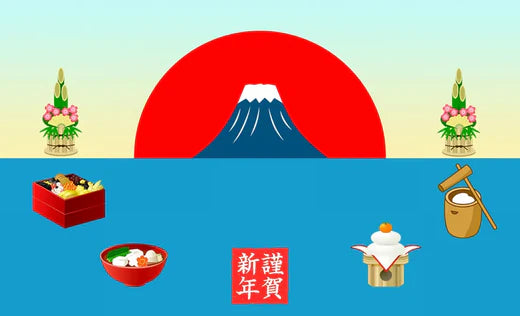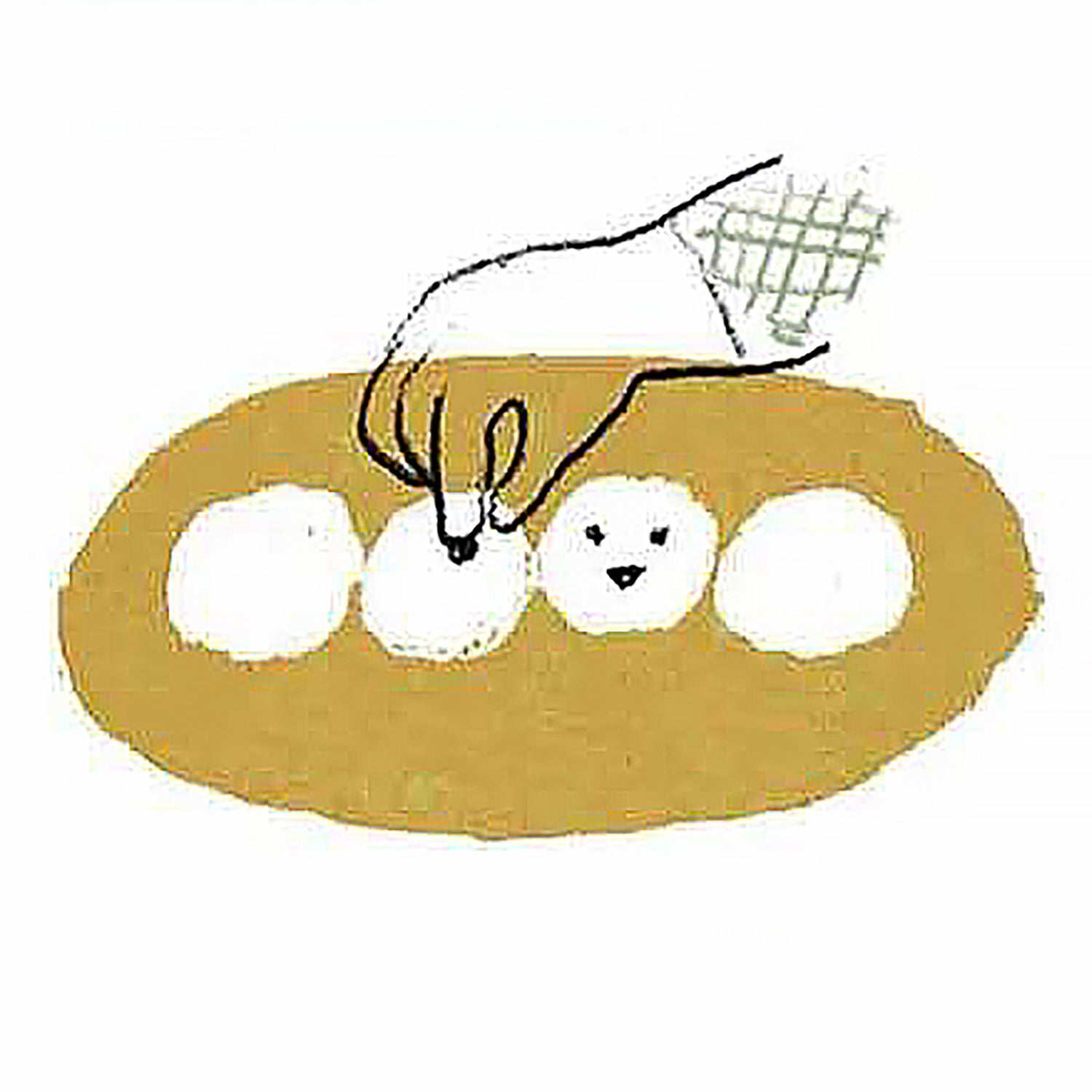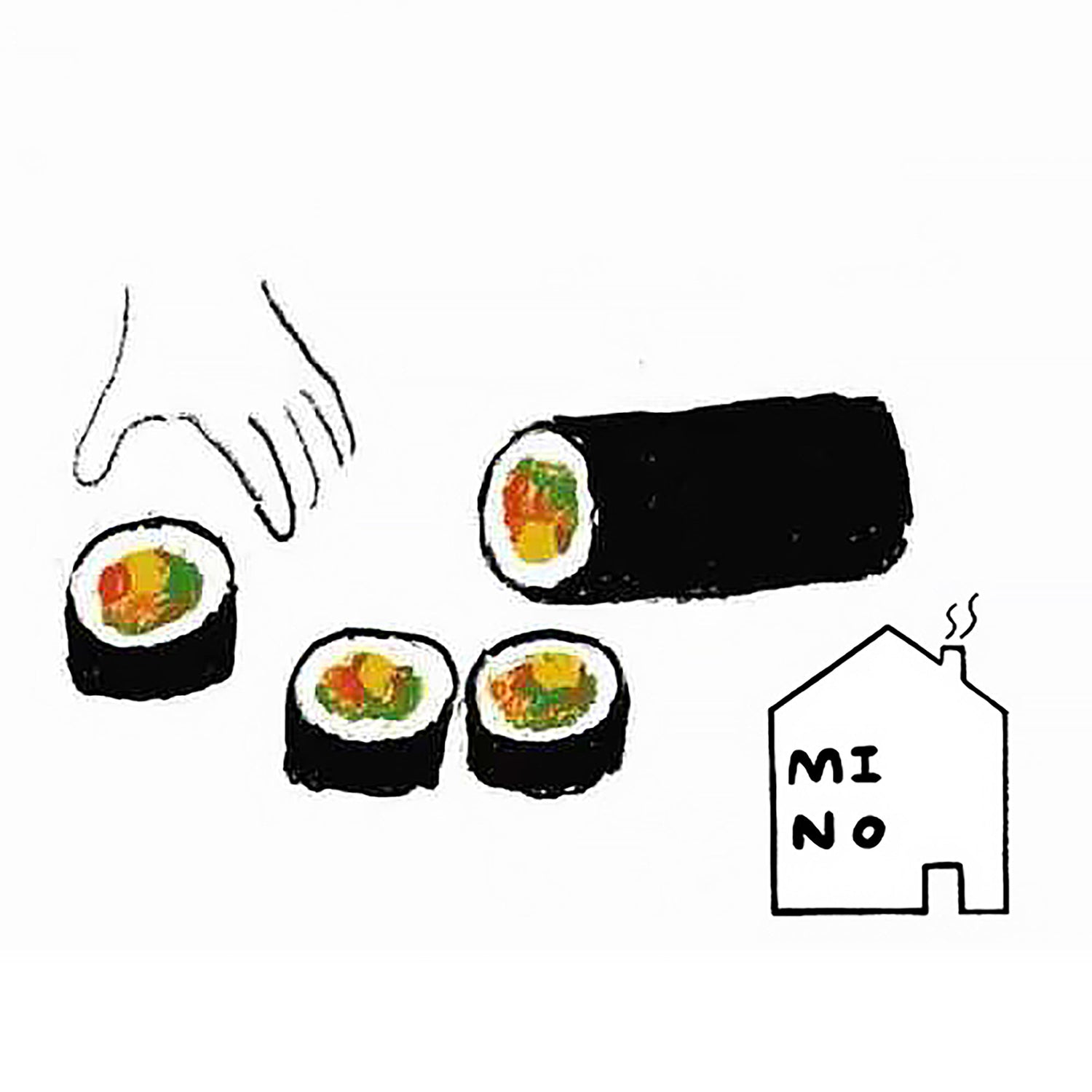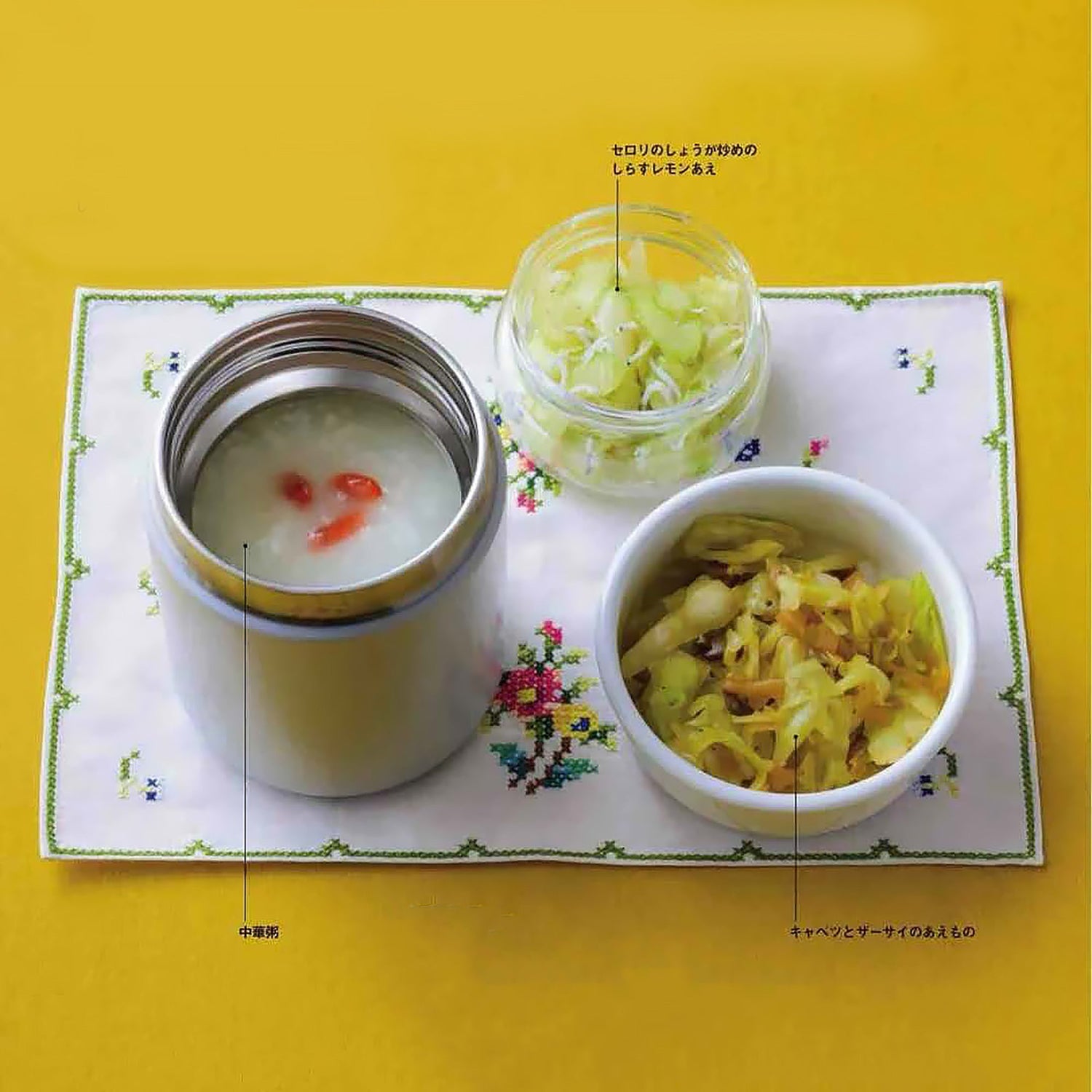 Minocraft shares Japanese culture
Minocraft shares Japanese culture

When talking about Japanese New Year customs, many may think of toshikoshi soba served on New Year’s Eve or the excitement of discovering the beautifully stacked boxes of osechi ryori on New Year’s morning. However, behind these traditions lie many stories and meanings that are often overlooked. For example, why do we eat toshikoshi soba ? Do the shapes and placement of kagami mochi have any special significance?
So many questions that arouse the desire to know more.

In this article, we invite you to discover the Japanese New Year, starting with the big cleaning in the homes to the various customs and rituals that accompany this period, while revealing their cultural significance and inherited charm. Whether you are passionate about Japanese culture or want to experience an authentic Japanese New Year, this information will help you better understand this period rich in symbols and traditions. Ready to go? Together, let's explore the cultural chapters of the Japanese New Year!

In Japan, there is a tradition that "this year's dust must be removed this year." The origin of the spring cleaning is said to be traced back to the purification rituals called susuharai that have been practiced since the Heian period. This ritual involves removing the dirt and dust accumulated during the year to properly welcome the New Year's deity, Toshigami . In the Edo period, the date of susuharai was set to the 13th day of the 12th lunar month. Since then, December 13 has been considered an auspicious day to begin the spring cleaning and preparations for the New Year. Today, this date is also called " Susuharai Day" ( susuharai no hi ), symbolically marking the beginning of the New Year celebrations. Thanks to this history, spring cleaning is not only a year-end household chore, but also a tradition rich in cultural meanings and inherited values.

When talking about traditional New Year's Eve dishes, it's impossible not to mention toshikoshi soba . This custom dates back to the Edo period, when city dwellers, just like modern people with fast food, appreciated the convenience and flavor of buckwheat noodles. Why do people eat toshikoshi soba on New Year's Eve? Here are some widely-held explanations:
- Buckwheat noodles, more fragile than other types of pasta, break easily. They symbolize the break with the bad fortunes of the past year, expressing the hope of a new beginning.
- Their long, thin shape is associated with a prayer for long life. This symbolism is found in other traditions, such as offering buckwheat noodles to neighbors when moving, to signify lasting friendship.
- In the Edo period, metalworkers used buckwheat flour to collect gold or silver dust. This practice gave the noodles a lucky meaning.
It is said that among townspeople in the Edo period, seeking "auspicious signs" was very popular, and toshikoshi soba was part of this trend.
Joya no Kane

It is said that the tradition of Joya no Kane was introduced to Japan during the Kamakura period by a Zen monk of the Southern Song Dynasty. From New Year's Eve to New Year's Day, during the period that crosses the minute of midnight, people strike the bell 108 times according to custom. This number symbolizes the 108 kinds of human concerns, and each ring of the bell represents the gradual elimination of these worries, in order to welcome the new year in peace and serenity.
Kadomatsu

Kadomatsu , placed outside the front door of the house from the end of the year to the New Year, are said to have originated from a Heian period imperial court ritual called komatsuhiki . This ritual consisted of plucking a small pine tree on the first day of the year, the "first day of the Rat" ( hatsune ), and placing it in the entrance to pray for longevity. The pine, being an evergreen tree throughout the year, has been revered as a symbol of good luck and prosperity since ancient times.

The shape and size of kadomatsu vary slightly by region, but the most common style is to use three bamboo poles of different lengths to serve as supports. Then, pine branches are arranged around it for decoration, along with plum branches, and the whole thing is securely tied with a thick rope.
Shimenawa and shimenako

New Year decorations called shimenawa and the shimenako ropes often found on early visits to shrines symbolize sacred places welcoming the New Year deity, Toshigami. Shimenawa are usually hung from December 13, marking the beginning of preparations for the New Year. Although there is no strict date, tradition dictates that the decorations are put up on December 28, which is considered a particularly auspicious and lucky day.

Depending on the customs of different regions, the decoration period for kadomatsu and shimenawa usually lasts during matsu no uchi , that is, from the beginning of the New Year until January 7. In some shrines, the shimenawa can be extremely large and impressive, creating an atmosphere of power and sacredness.

These decorations are not simply thrown away at the end of the New Year, but are burned during ceremonies such as Dondo-yaki or otakiage , organized by the shrines. These burning rites serve to offer these objects as sacrifices, marking the end of the festivities and allowing the purification of the objects used to welcome the New Year deity.

Kagami mochi

Kagami mochi is made of two or three round rice cakes of different sizes stacked together, often decorated with an orange or yuzu leaves. It is an essential part of New Year's preparations. Since the Muromachi period, it has been offered to Toshigami , the deity of the New Year. The name "kagami mochi" comes from the shape of the cake, which resembles that of the bronze mirrors used in ancient times. Today, many simplified versions of kagami mochi are available, but the traditional method is to place the cake on a sanpo (a traditional wooden tray), covered with white washi paper, with urajiro leaves, yuzu leaves, and lucky symbols such as an orange (symbolizing "transmission through generations") and kombu (which evokes the Japanese word for "joy," "kōki"). January 11 is celebrated as kagami biraki , a ceremony where people take out kagami mochi , hit it with a wooden hammer to break it, and share it, praying for health, safety, and prosperity throughout the year.
New Year
Hatsumode

In ancient times, the head of each family (the householder) would go to the local shrine dedicated to the region's patron deity, to pray and keep vigil from New Year's Eve night until New Year's morning. This custom was called toshi kake or toshi mamori ya , meaning "guarding the new year."

Today, the custom of the first New Year's shrine or temple visit, called hatsumode , gradually became established and popular after the Meiji period.
Hama-yumi

During hatsumode , people receive hama-yumi at shrines or temples, which are talismans loaded with symbolism. The meaning of hama-yumi is to "shoot out the misfortunes that might befall oneself and pray for happiness", or to "shoot out good luck for the entire year". This tradition is said to have originated from rituals praying for a good harvest, such as the jarai and hama-uchi archery ceremonies performed during the New Year. As they are considered talismans for the year, hama-yumi are usually returned to the shrine or temple the following year, as a gesture of gratitude and to continue the protective ritual.
Osechi-ryori

Osechi-ryori were originally dishes prepared to celebrate various festive occasions. Among these holidays, the most important was New Year, and osechi-ryori gradually became traditional dishes prepared to welcome the New Year deity, Toshigami .

For example, kuro-mame (black beans) and goma-dofu (sesame seed tofu) symbolize prayers for health and hard work, while kazunoko (herring roe) represents the prosperity of descendants due to its large amount of roe. Each dish in osechi-ryori carries a special meaning, expressing wishes for happiness and prosperity in the coming year.

As the expression shishō bōsō suggests, even those who are usually calm and thoughtful, such as monks, cannot escape the hustle and bustle of year-end preparations. Perhaps this is a time to set aside urgent tasks, put one’s living space in order, and reflect on the precious moments of the past year. Or, while preparing for the festivities, to look forward to the year ahead with hope. These are moments of great significance. I wish you now a new year filled with joy, good health, and success in all your endeavors!
Minocraft shares with you the essence of Japanese kitchenware, culture, art and lifestyle.





